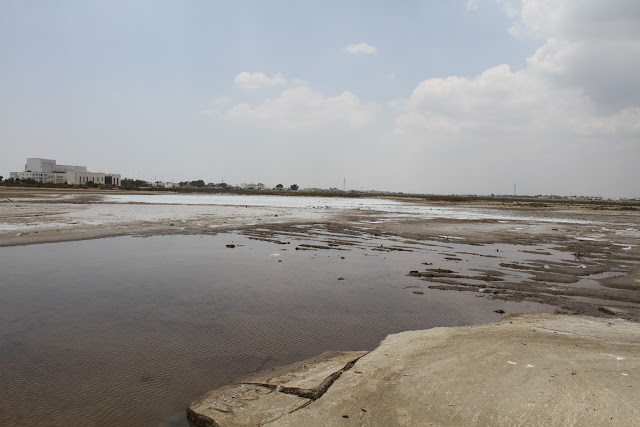23.07.2012
Back in Cyprus.
We have been sampling in the rivers and streams since the 11th of July. Its a low-key, low-budget two man job (myself and Vassilis Hatzirvassanis). We worked well in conditions that are rather rare in Europe. Often braving 43 C conditions in the lowlands. Finally we added 32 new sites to our fish-amphibian-habitat monitoring. Its a great feeling - but also a feeling of total exhaustion.
This kind of research here is not something you do everyday on a consultancy - and we could not have done it without an amazing amount of help from local organizations and friends. I want to thank the Forestry Department for their hospitality at Platania (on Troodos) - I have said before that their managment of the forest parks here is exceptional and world-class. My thanks to the Water Development Department, and also to the Department of Fisheries and Marine Research for tons of help, patience and good will. And thanks to 6 great friends who came out to volunteer and help us find water - and fishes.
We had some very interesting discussions on conservation, ways of working together, things-to-do.
This morning we just sat watching the Sunfish and Big-mouth Bass with our binoculars at Xiliatos Dam and thought - wow...aliens are so beautiful!
I'll get back with photos soon.







